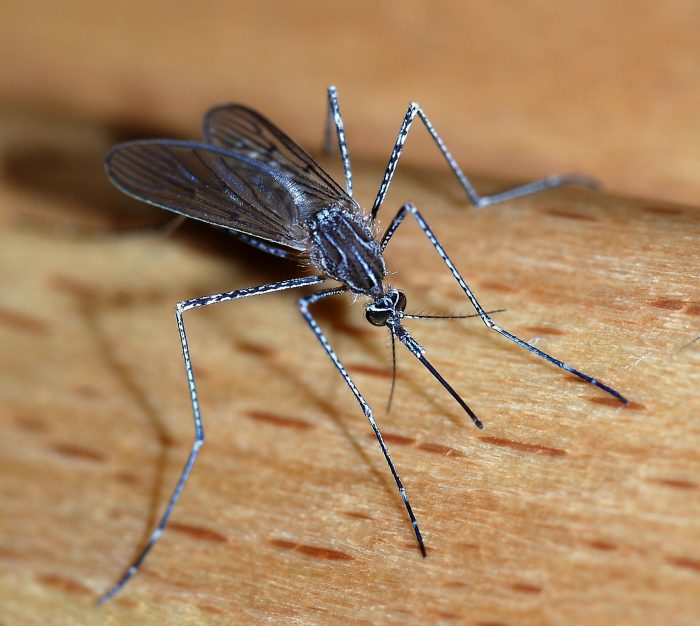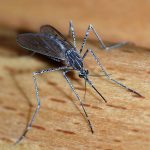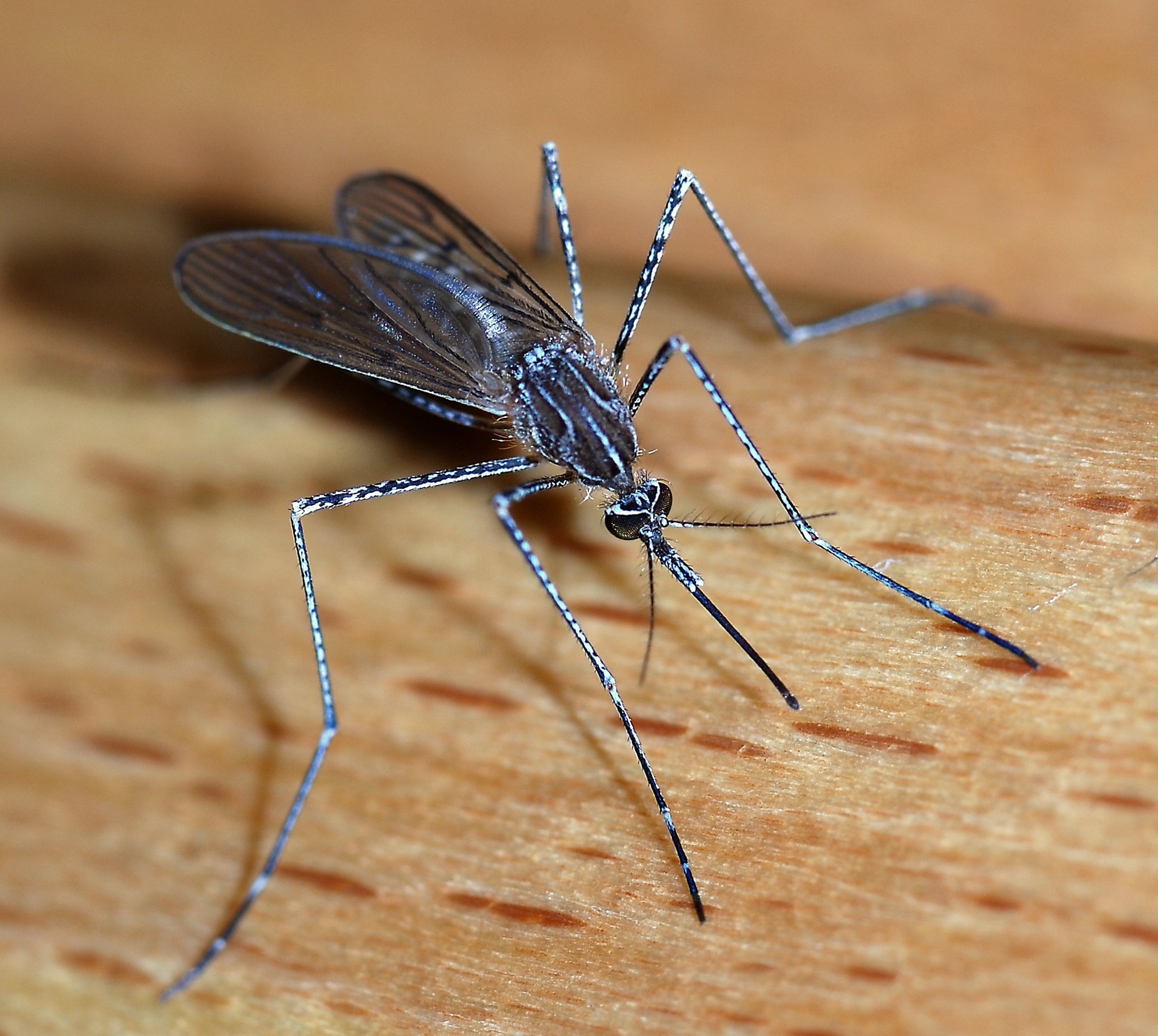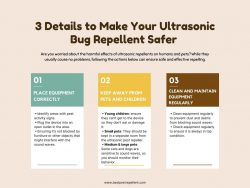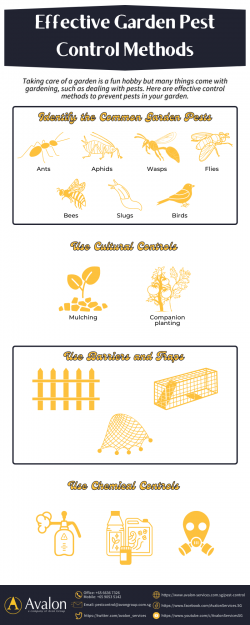Mosquito control: A crucial aspect of public health
Mosquito control is a crucial aspect of public health and environmental management, as mosquitoes are vectors for several diseases that can have severe consequences for human populations. Effective mosquito control strategies aim to reduce mosquito populations and minimize the risk of disease transmission. Here are some key aspects of mosquito control:
Source Reduction:
- Eliminating or modifying mosquito breeding sites is a fundamental strategy. Mosquitoes lay their eggs in standing water, so removing or treating stagnant water can significantly reduce the mosquito population.
- Regular inspection and maintenance of water containers, gutters, and other potential breeding grounds are essential in preventing the accumulation of water.
Biological Control:
- Introducing natural predators that feed on mosquito larvae, such as certain species of fish and copepods, can help control mosquito populations in aquatic environments.
- Bacillus thuringiensis israelensis (BTI), a naturally occurring bacterium, is often used as a biological larvicide to target mosquito larvae in standing water.
Chemical Control:
- Insecticides are commonly employed to control adult mosquitoes. This can be done through aerial or ground-based spraying, as well as the use of insecticide-treated bed nets and clothing.
- It’s essential to use insecticides responsibly, following safety guidelines and considering potential environmental impacts.
Genetic Control:
- Innovative approaches, such as the release of genetically modified mosquitoes, have been explored to control mosquito populations. For example, mosquitoes carrying a gene that prevents their offspring from reaching maturity can be released to reduce overall numbers.
Community Engagement:
- Public awareness and community involvement are critical components of successful mosquito control programs. Educating communities about the importance of personal protection measures, like using bed nets and insect repellent, can help prevent mosquito bites.
- Community-based surveillance and reporting systems can also contribute to early detection of mosquito-borne diseases.
Integrated Mosquito Management (IMM):
- IMM involves combining various control methods in a coordinated and sustainable manner. This holistic approach considers ecological, social, and economic factors to develop effective, long-term strategies.
Research and Surveillance:
- Continuous monitoring of mosquito populations, disease prevalence, and resistance to insecticides is vital for adapting control strategies. Research into new technologies and methods also plays a crucial role in staying ahead of evolving mosquito-borne threats.
Global Collaboration:
- Mosquito-borne diseases, such as malaria, dengue, and Zika, often transcend national borders. Global collaboration is essential for sharing information, resources, and expertise to address these challenges collectively.
In summary, mosquito control is a multifaceted endeavor that requires a combination of approaches tailored to specific environments and mosquito species. A comprehensive and integrated approach, along with community participation and global cooperation, is essential to effectively manage mosquito populations and reduce the impact of mosquito-borne diseases on human health.
